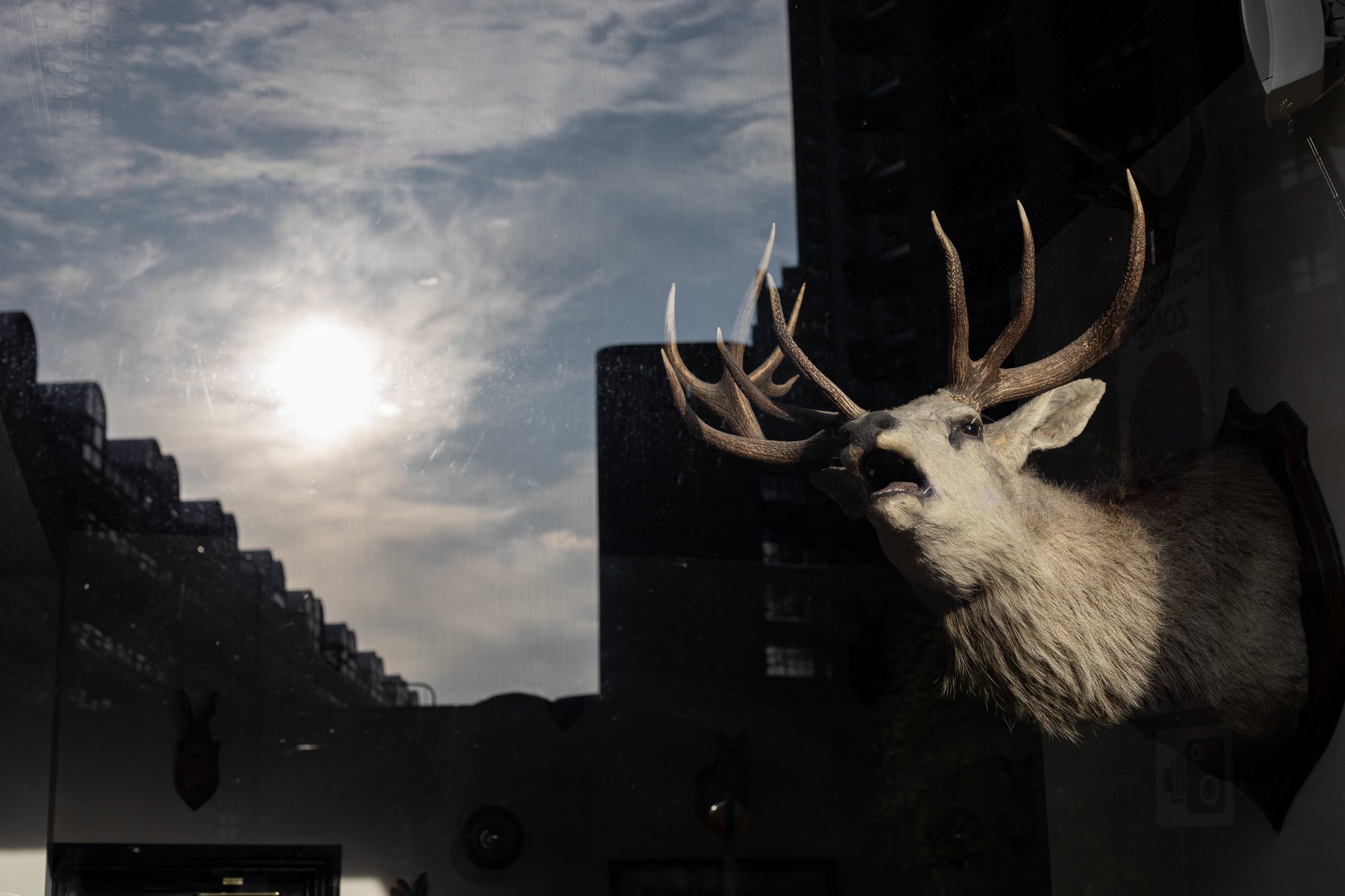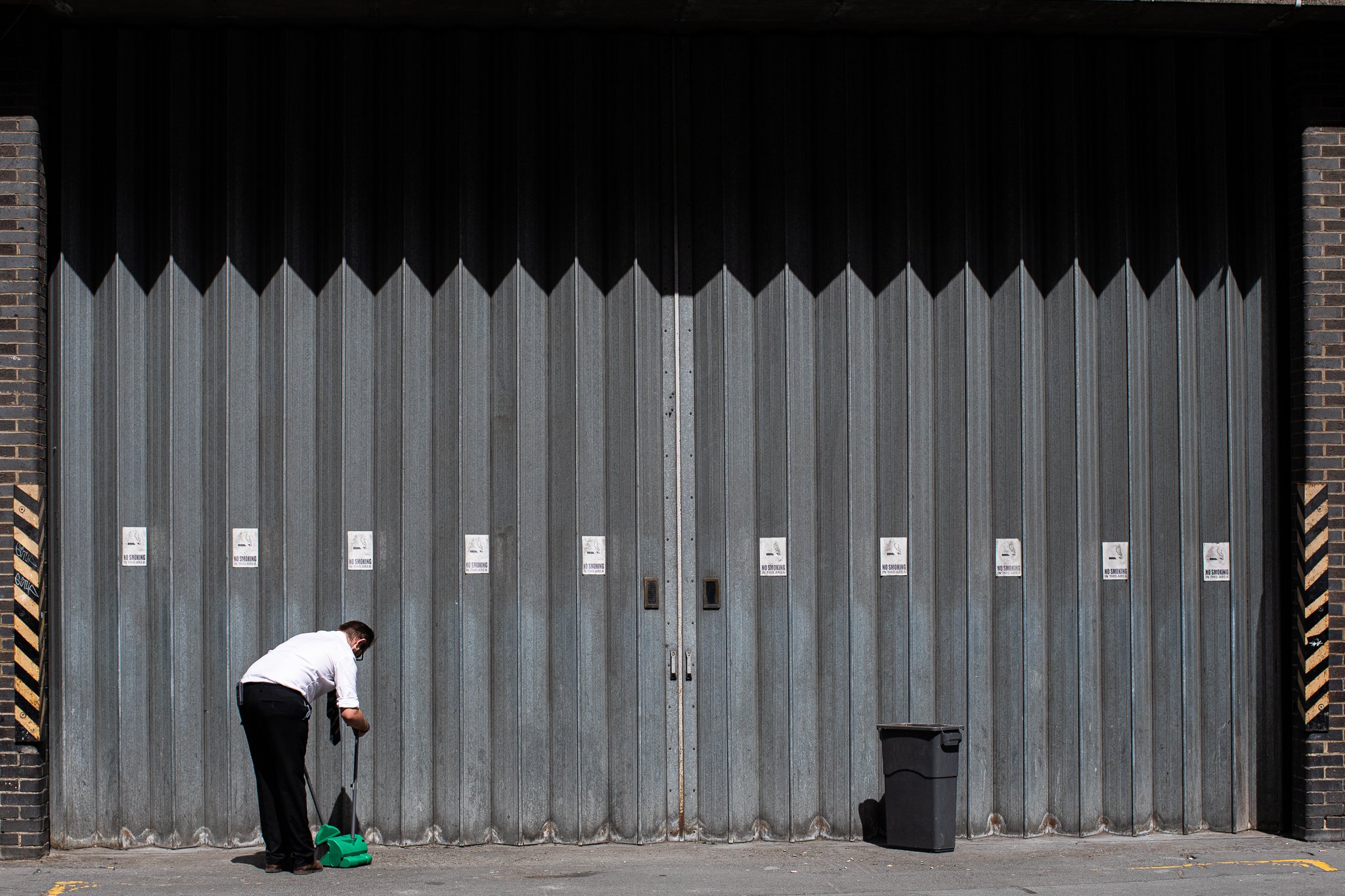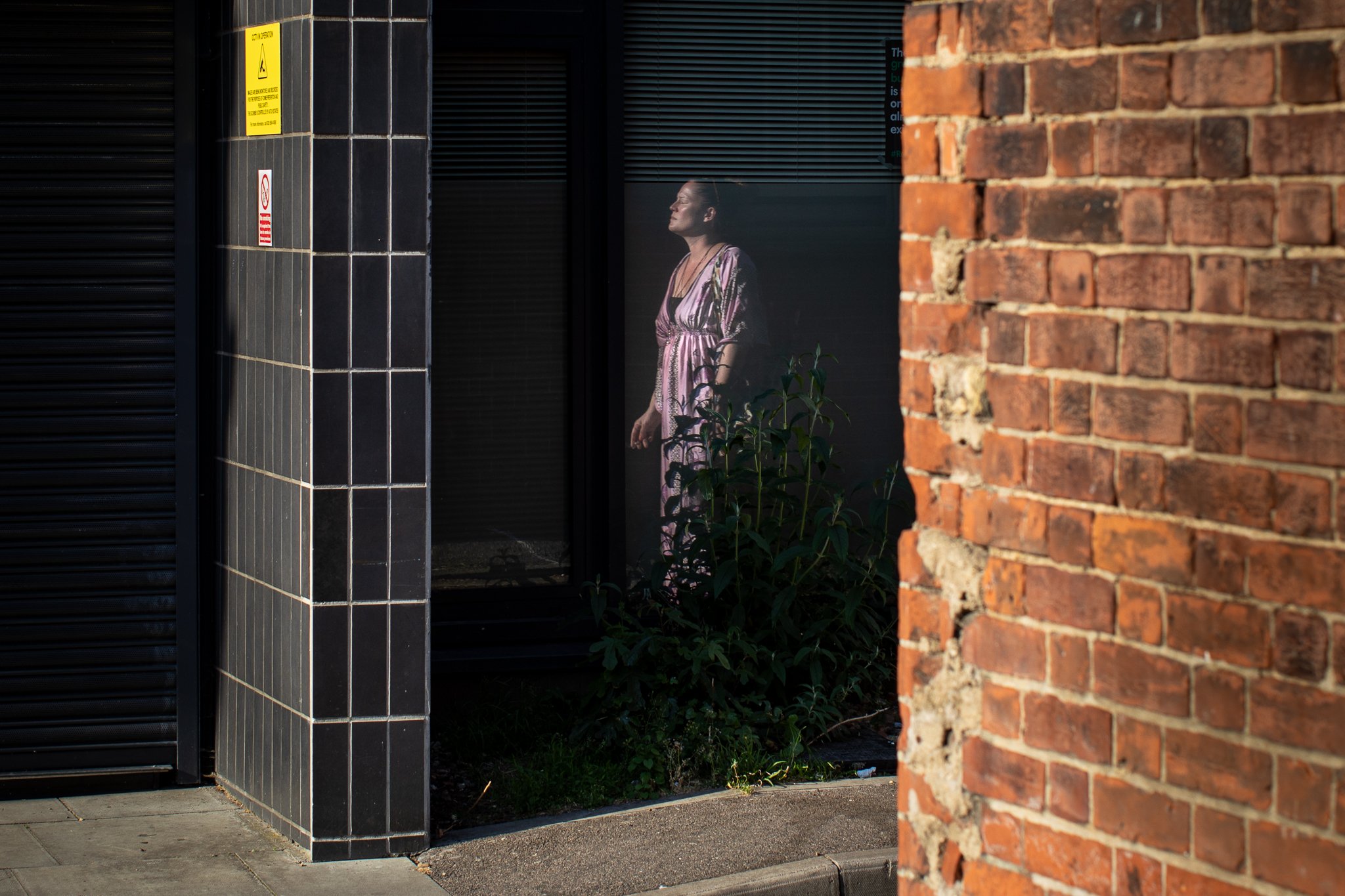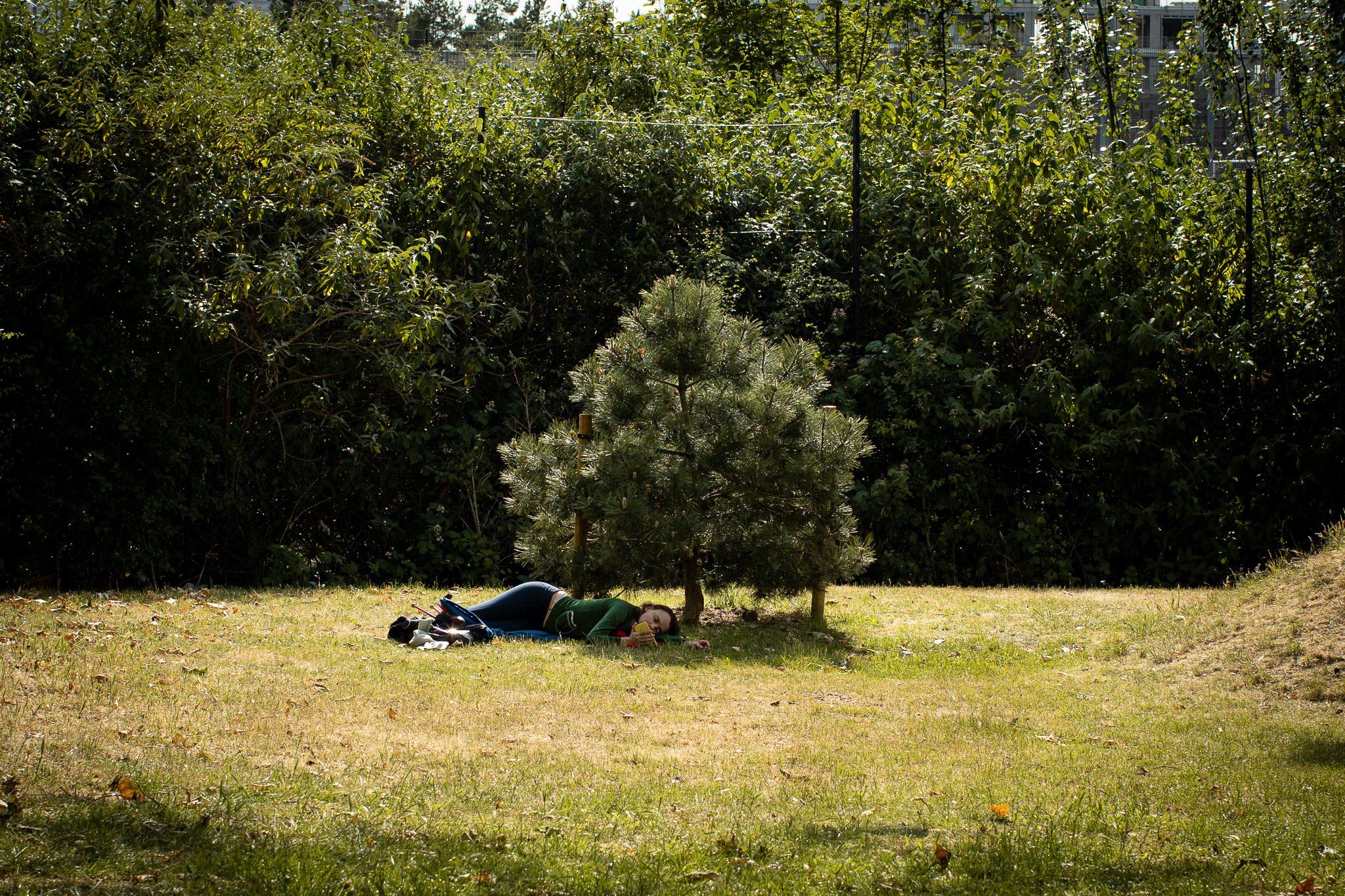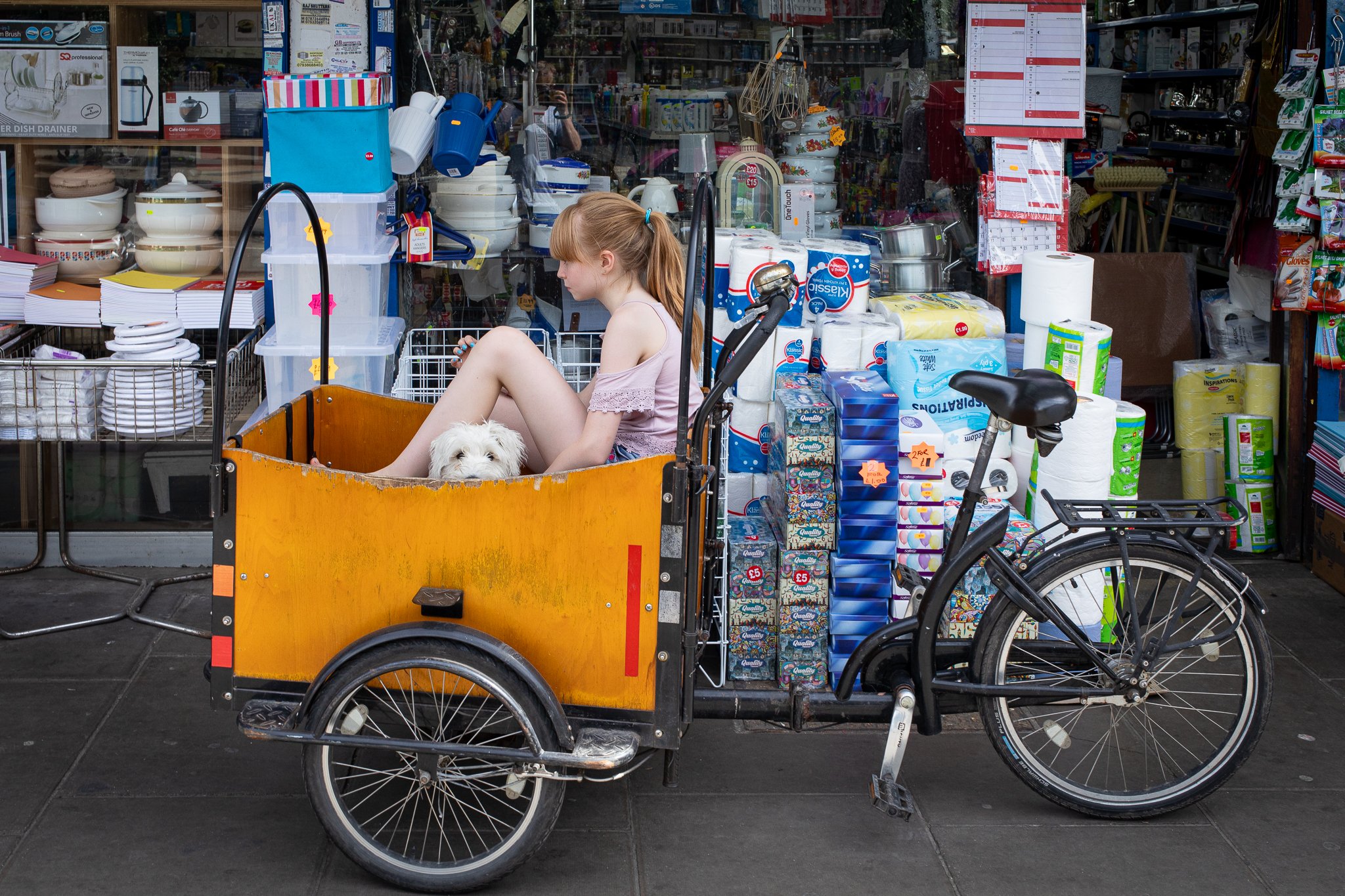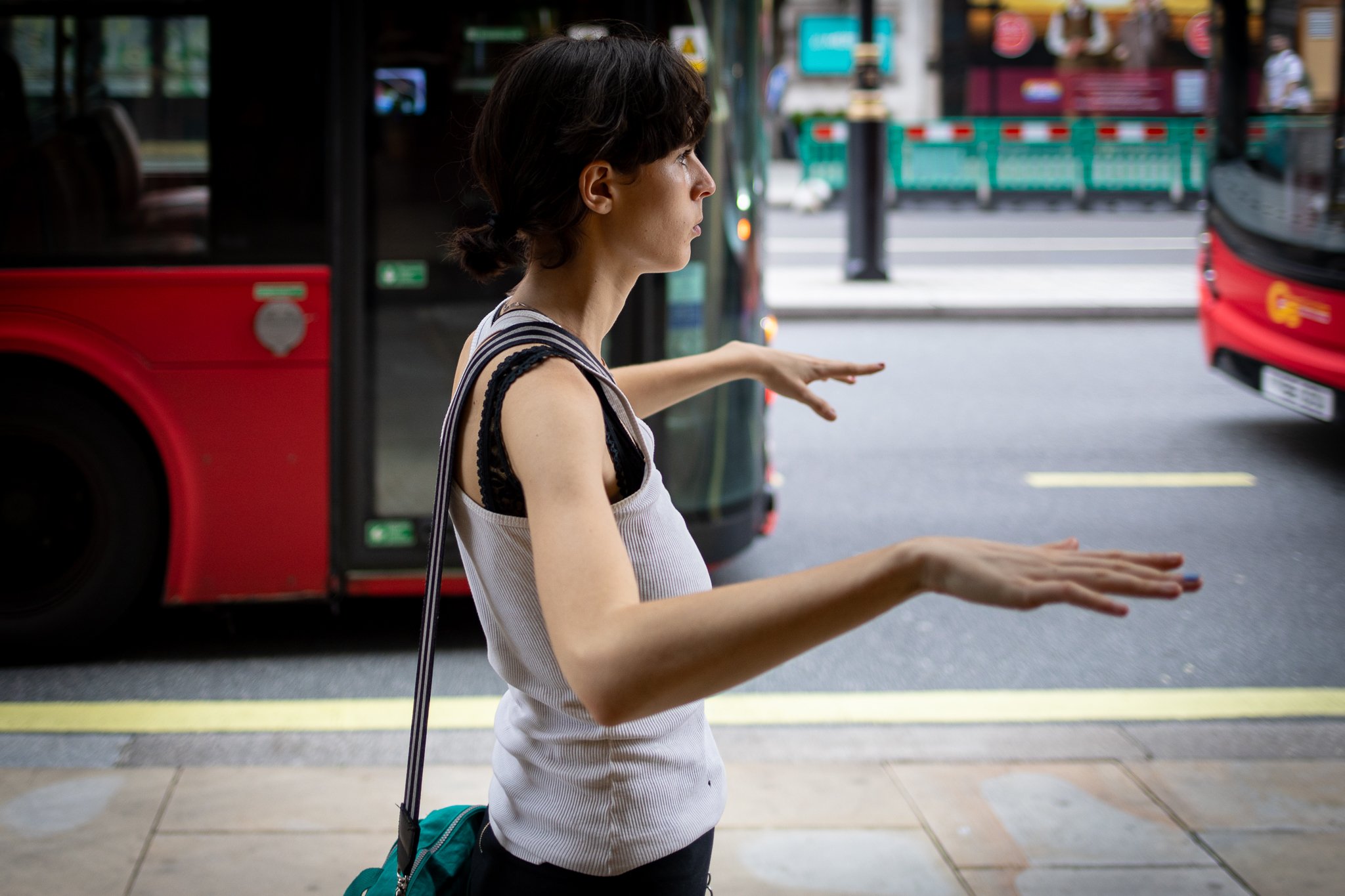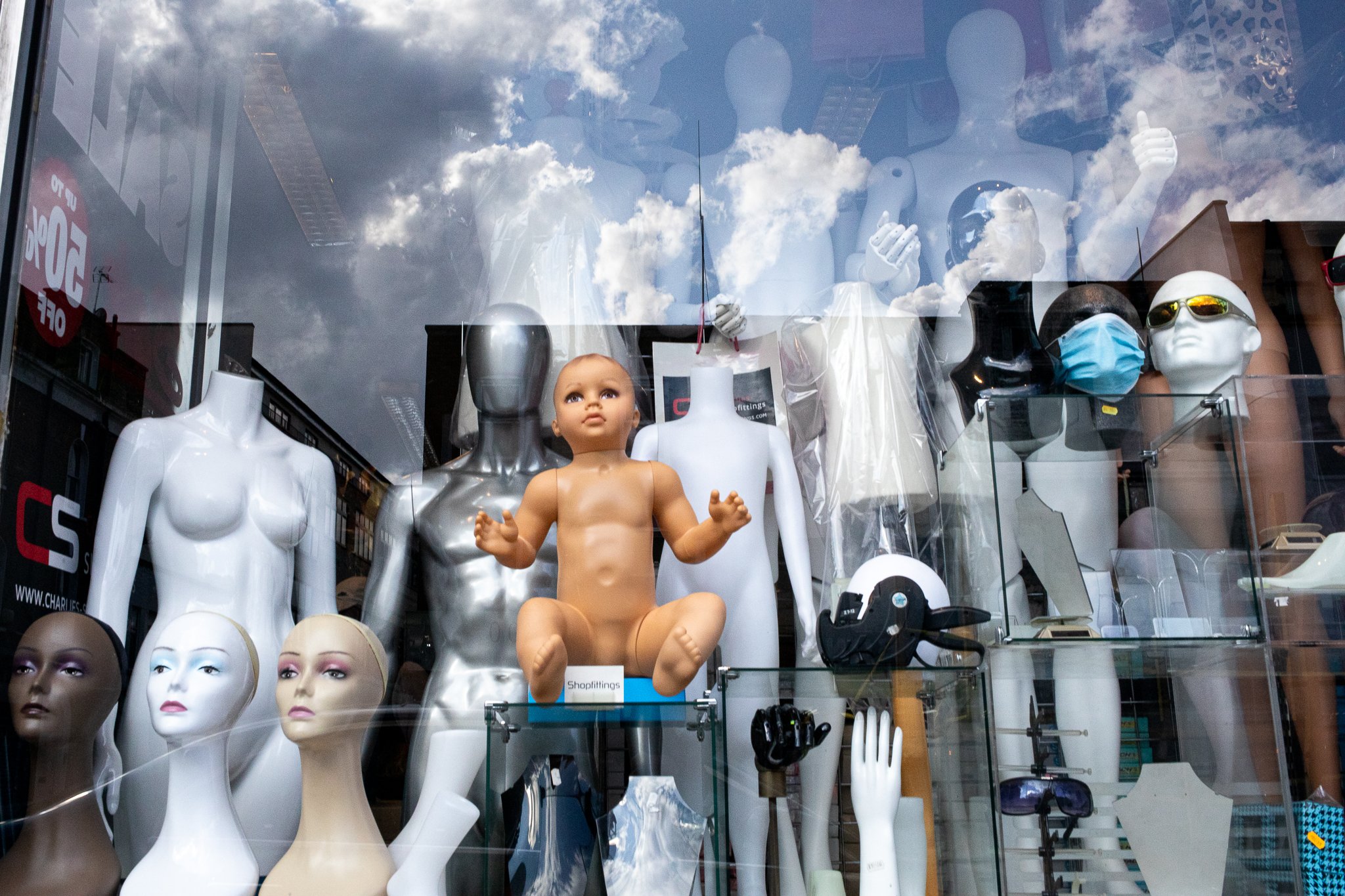‘Back to Normal’ is a photo-book detailing everyday life across London - from Peckham to Finsbury Park, from Leyton to Shepherd’s Bush - during the first year of the Covid-19 pandemic. The project was funded by Arts Council England. 500 copies were donated to libraries across the UK and the images were donated to the Museum of London.
To purchase a copy, click here
Introduction
‘The door to photography is always wide open. The medium could not be simpler to access. You can spend a lifetime exploring it, and drive yourself to exhaustion in the process, but you will never have to toil as with brushes and oils or a musical instrument. What matters when you step into photography is what you bring with you.’
David Campany, The Open Road (Aperture, 2013)
It was the mid-90s and I was in my mid-20s when I happened upon a book of the collected work of the Magnum photo agency. I marvelled at the subtle grace of Henri Cartier-Bresson and the laugh-out-loud style of Elliott Erwitt, both of whom snatched sublime street shots between making unforgettable photographs of the world’s most momentous events.
I thought what wonderful lives these people must lead. I dreamed of doing the same but for me it was utterly impossible. Due to an unfortunate series of events I was on the verge of homelessness, living in a Camden squat without a penny to my name.
It took some time but I eventually found a way out of my predicament. I studied psychology at night-school and earned a degree. I had a feeling that I might be able to write and decided to become a freelance journalist. Editors liked crime stories, so that became my speciality. I wrote about crime for the Sunday Times, the Guardian and Newsweek and started writing books. They sold well, a few became bestsellers. One was made into a primetime BBC TV show.
After 15 years, all the stories about police corruption, mass murder, money laundering and child abuse started to weigh heavily on me. I am no hard-bitten journalist. I’m not even a cynic. I’m an optimist. I’d hoped that by writing about these crimes they would stop. My frustration grew so great that I developed problems with my eyes. It reached the point where just a few minutes in front of my computer screen was enough to produce visual migraines.
Confronted with the idea that I might have to do something else with my life, an image of a camera popped into my head. The Nikon FM2 was the camera of choice for war reporter Don McCullin, also haunted by his work. Don had said that this camera was tough as anything, proven by the fact that one saved his life by taking a bullet for him. I’d wanted one of these tough, mechanical cameras when I was 25 but couldn’t possibly have afforded it. So in 2017, aged 45, I bought one – along with a 28mm lens. I found a community darkroom near my home and started to make black and white prints. So began an intense love affair.
After a couple of years, I realised that I wanted to spend more time on the streets of London, making photographs rather than working on prints in the darkroom. I bought a digital camera. I found that I could look at my computer screen again. And now the world took on a new hue. Beauty was everywhere, even in London’s grubbiest corners.
At the start of 2020, I carried on shooting as the streets started to thin out. ‘Stay Alert’, was the government’s warning. There was a sense of foreboding as the virus approached, and it was around this time I saw the stag in the Barbican crying to the heavens, the man in Oxford Street turning his binoculars skywards and the Icarus-like figure dropping from the sky into the Thames.
And then came the first lockdown. It was as if London had been tranquillised. That spring was warm and sunny and Londoners, instructed to do nothing, suddenly looked meditative. They moved more slowly than usual and were surrounded by space instead of other people.
In July, lockdown was eased and people flooded the streets of London’s local neighbourhoods. The words ‘back to normal’ had been cropping up again and again in the press since May and now the same hopeful phrase was repeated by our prime minister: ‘We’ll be back to normal by Christmas,’ he promised.
And for a while it seemed as though London was on its way. There were free haircuts in Finsbury Park, fashion parades in Hackney and Peckham, protests in Hyde Park. Cats were being wheeled through Tottenham in pushchairs while dogs were being kidnapped on the Commercial Road. Cowboys roamed the streets of Whitechapel while the locals danced in Chinatown. But there were reminders everywhere that while we were trying to go about our everyday lives, things were far from normal. Traffic signs took on new meaning, especially ‘changed priorities ahead’, while notices pasted to lampposts reminded us that thousands were dying and ‘it was up to us to halt the spread’.
And then a mutation. A surge in cases. The phrase was used again, pessimistically this time. ‘We are no longer resting on the hope the UK will be back to normal by spring,’ the prime minister said, before sending the country into its longest and most draconian lockdown. As 2020 ended in damp and freezing darkness, hopes for normality were directed towards the imminent arrival of a vaccine.
A latecomer to photography, I was excited to read David Campany’s comment. I have certainly brought my background to this book. I spent 15 years covering London as a crime reporter and author, using the pen as my camera. I’d take mental snapshots and use these images to bring the city and its inhabitants to life. I can only hope, now that I’ve swapped the pen for an actual camera, that this practice has stood me in good stead.


